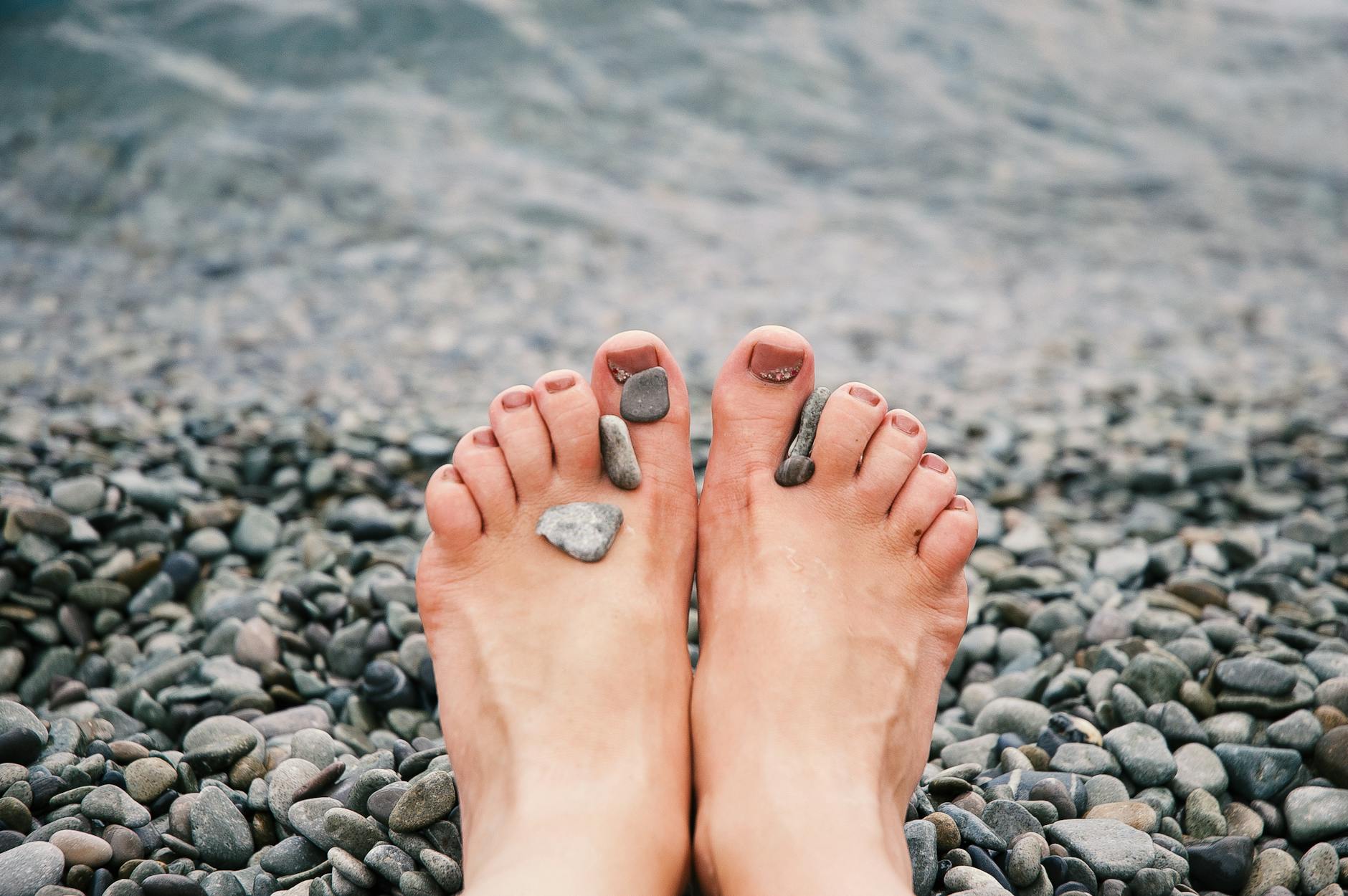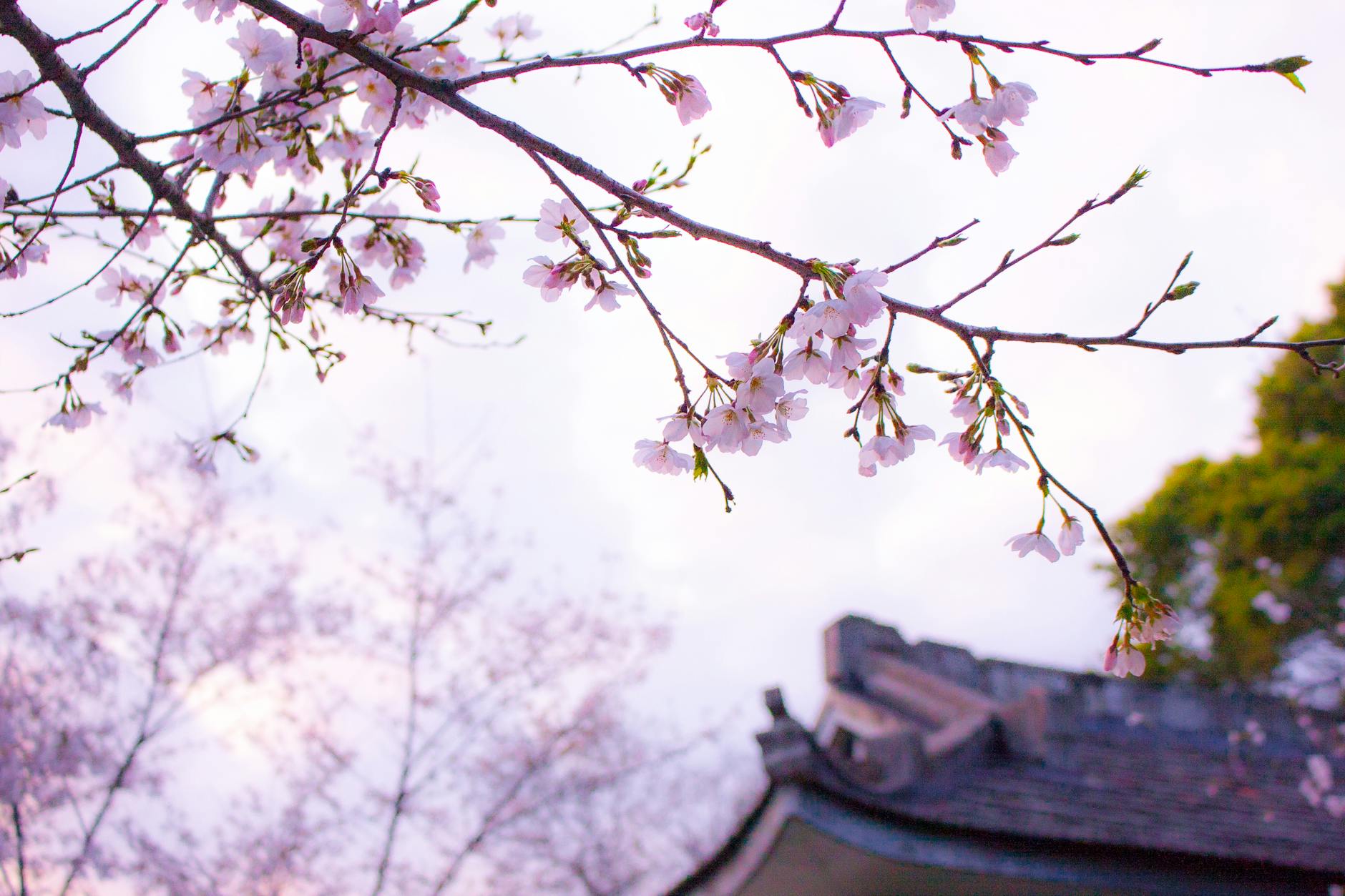
Introduction
In today’s fast-paced world, anxiety has become a common concern for many individuals.
Amidst the hustle and bustle of daily life, taking a moment to step outdoors might seem like a luxury.
However, recent studies underscore the transformative power of spending just ten minutes a day outside.
Such a simple act can significantly reduce anxiety levels, providing a natural remedy that is both accessible and effective.
This guide will explore the profound benefits of spending time outdoors and how it can
help alleviate stress and anxiety. Whether you’re in an urban jungle or the serene countryside,
discovering the natural world around you can offer a respite from the pressures of modern living.
Join us as we delve into the research findings and offer practical tips on incorporating outdoor time
into your daily routine. The journey to a calmer, more centered life begins with just a few steps outside.
Step 1: Understanding the Science

The relationship between nature and mental health is more than just a feeling—it’s backed by science.
Research indicates that exposure to natural environments can lead to a significant reduction in anxiety levels.
A study published in the “Frontiers in Psychology” journal
reveals that individuals who spent as little as ten minutes in natural settings reported lower levels of stress and anxiety.
Experts attribute this calming effect to a variety of factors.
Natural environments help lower cortisol, the body’s main stress hormone, while promoting the production of serotonin,
often referred to as the “feel-good” neurotransmitter. Additionally, the act of walking or sitting outside encourages mindfulness,
allowing individuals to disconnect from stressors and immerse themselves in the present moment.
Furthermore, Dr. Qing Li, an expert in forest medicine, suggests that taking time to connect with nature,
even briefly, can rejuvenate the mind and body. This growing body of evidence highlights the
importance of dedicating time each day to step outside, reinforcing the idea that nature is a powerful ally in managing anxiety.
Step 2: Choosing the Right Outdoor Space

Selecting the right outdoor environment can enhance the anxiety-reducing benefits of your daily nature time.
While any natural setting can offer relief, certain environments are particularly effective. Parks, gardens, and forests provide
a serene atmosphere and a sense of escape from the hectic pace of everyday life.
The lush greenery and fresh air work in tandem to calm the mind and body.
For those residing in urban areas, nearby parks or botanical gardens can serve as accessible sanctuaries.
These spaces often have walking paths and benches, allowing for leisurely strolls or moments of reflection.
Alternatively, beaches and lakes offer the soothing sounds of water, which can be incredibly calming
and promote deep relaxation.
If you prefer a more immersive experience, consider venturing to a local nature reserve or hiking trail.
These environments allow for physical activity combined with the beauty of the natural world.
Ultimately, the key is to find a space where you feel most at ease. Even a small garden or courtyard can offer
a peaceful retreat, reminding us that the benefits of nature are within reach, regardless of location.
Step 3: Designing Your Outdoor Routine

Incorporating outdoor time into your daily schedule can be a seamless process with a bit of planning.
Start by identifying a time of day when you can consistently step outside for ten minutes.
Morning hours offer the added benefit of natural light exposure, which can boost mood and set a positive tone for the day.
However, if mornings are hectic, consider a midday break or an evening stroll to unwind.
Choose activities that suit your personal preferences and lifestyle.
A simple walk in the park, sipping tea on your balcony, or practicing mindfulness exercises in your backyard
can all be effective. The objective is to engage in activities that allow you to be present and absorb your surroundings.
For those with a creative streak, outdoor time can also include sketching, journaling, or photography.
To establish consistency, set reminders or pair your outdoor time with another daily habit, such as after a meal.
This routine not only supports mental well-being but also encourages physical health, making it a holistic approach
to self-care. By designing an outdoor routine that fits your lifestyle, you’ll find it easier to prioritize
this vital practice, even on the busiest of days.
Step 4: Incorporating Mindfulness Practices

To maximize the anxiety-reducing benefits of your outdoor time, consider integrating mindfulness practices.
Mindfulness involves being fully present and engaged with your surroundings, which can significantly enhance your connection to nature.
Start by focusing on your breath—take slow, deep breaths while observing the rhythm of inhaling and exhaling.
This simple act can center your thoughts and help release tension.
Engage your senses by paying attention to different elements around you. Notice the vibrant colors of the flowers,
the rustling of leaves, or the gentle warmth of the sun on your skin. This sensory immersion can draw your mind away
from anxiety-driven thoughts and anchor you in the present moment.
Another effective technique is the “5-4-3-2-1” grounding exercise.
Identify five things you see, four things you feel, three things you hear, two things you smell, and one thing you taste.
This practice can create a powerful shift in focus, reducing stress and promoting a sense of calm.
By incorporating mindfulness into your outdoor routine, you’ll cultivate a deeper appreciation for the natural world
and enhance your mental well-being. Over time, these mindful moments can become a cornerstone of your anxiety management strategy.
Step 5: Tracking Your Progress

Monitoring your progress is essential to understanding the impact of your daily outdoor routine on anxiety levels.
Begin by establishing a baseline before you start this practice. Take note of your current anxiety levels by using
a simple rating scale from 1 to 10, with 10 being the most anxious. This initial assessment will serve as a
reference point for future comparison.
Consider keeping a journal to record your experiences and observations.
Document your outdoor activities, the duration, and how you feel before and after each session.
Writing about your thoughts and emotions can provide insights into patterns and triggers,
as well as highlight improvements over time.
Additionally, there are various mental health apps available that offer tools for tracking mood and anxiety levels.
These apps can provide visual data and trends, making it easier to observe positive changes or areas needing adjustment.
Consistent tracking allows you to make informed decisions about your routine and adapt it as necessary for optimal results.
By actively monitoring your progress, you not only gauge the effectiveness of your outdoor time but also empower yourself
to take control of your mental well-being. This proactive approach fosters a greater sense of achievement and
motivation to maintain your routine.
Conclusion
Incorporating just 10 minutes of outdoor time into your daily routine can profoundly affect anxiety levels.
By understanding the science, choosing the right environment, designing a personalized routine, and integrating mindfulness,
you can harness nature’s healing power. Tracking your progress will further reinforce the benefits and encourage consistency.
This simple practice can become a cornerstone of your mental wellness journey.
Take the first step today—step outside and engage with the world around you.
Embrace the tranquility and renewal that nature offers, and watch as it transforms your mind and spirit.
The path to reduced anxiety and a more centered life is just a few steps away.
Are you ready to embark on this rewarding journey?





